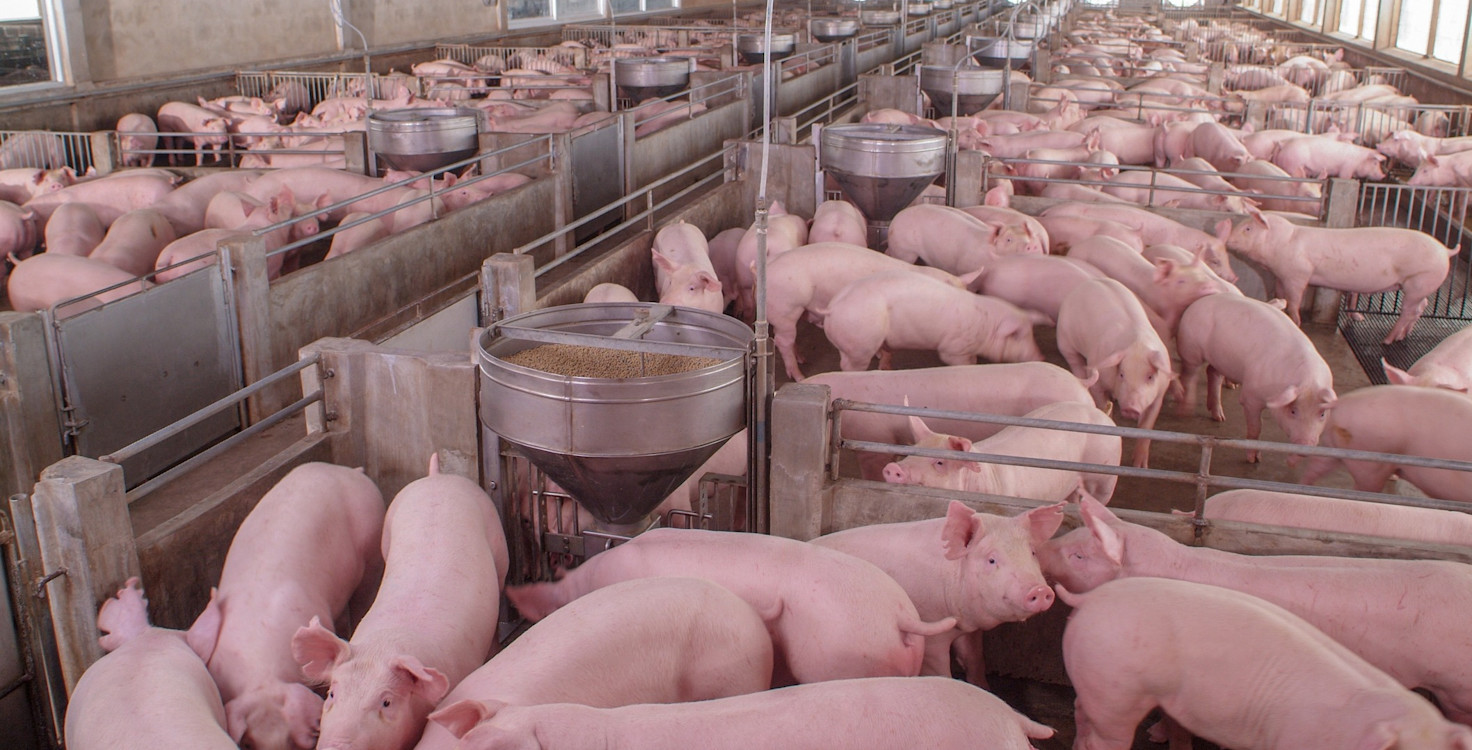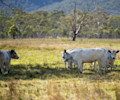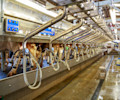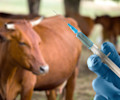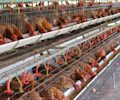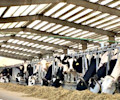This blog was co-authored with Henning Stein, Board Member at Sentience & Fellow at Cambridge Judge Business School.
Stranded assets refer to assets that have been impacted by unexpected write-downs, devaluation or conversion to liabilities before the end of the anticipated economic lifetime. In the energy sector, the concept of stranded assets is well understood. For example, in the coal sector, asset stranding can be caused by factors such as changing regulation, changes in demand, and legal action. We have just begun to explore the risks of stranded assets related to some other trends in the food system such as animal welfare and antibiotic resistance. This is not about animal welfare as an “ethical” issue: this is about how animal welfare trends and legislation create material financial and investment risk.
More than 70% of livestock worldwide is factory-farmed. The figure in the US is thought to be over 99%. There are industrialised farms where chickens live in spaces no bigger than a sheet of A4 paper, where up to 10 pigs might be crammed into an area the size of a parking spot, and where cows get to see daylight only when they are taken away to be killed. This sounds very much like the stuff of the heart – and it is. Animal welfare is undoubtedly an emotional issue that taps into many people’s ethical and even moral values. Yet for investors – particularly those with a long-term outlook – it is also the stuff of the head.
Animal welfare may be an overlooked investment issue that was barely on the radar for many investors around 15 years ago. However, many investors with an eye on protein supply chains, are increasingly recognising it as a material investment concern. It is noted as a source of risk (e.g. food recalls, media scandals) as well as an opportunity for product differentiation for farmers and producers with higher welfare standards.
The Weight of Public Opinion
Growing consumer concerns, as well as ethically sourced products, show the opportunities of differentiating into products with higher welfare standards. Moreover, media scandals and scrutiny, including the rise of social media, have added scrutiny to low animal welfare practices on farms, such as the mass culling of many farm animals during the pandemic using practices such as ventilation shutdown.
Another material risk for investors related to poor welfare for animals is the spread of zoonotic diseases associated with closed confinement. With the recent news of avian flu spreading to minks, the threat to humans has sparked concern. This poses a material risk in terms of disrupting agricultural supply chains, with 50% of turkeys in the UK having either been culled or died due to avian flu before Christmas last year.
Legislation is also changing to shift to higher animal welfare standards. Polling appears to show high animal welfare standards are popular amongst many consumers and the public. In the US, California recently voted to ban gestation crates, a move that was supported by over 60% of voters. The change in public attitudes is clear as more states have followed California in adopting their own confinement laws. Gestation crates were already banned in the EU in 2013. More recently, the European Parliament voted in 2021 to end the era of caged farming by 2027, which came in response to a petition by 1.4 million citizens. While this has not yet been converted into legislation, forward-thinking investors may start to think about the impact on investments now.
Unsustainable and Uninvestable
There is a parallel with the energy sector, where some coal plants and oil pipelines can have an operating lifespan of up to 80 years. Investing in new infrastructure linked to low animal welfare can also similarly be looked at from the perspective of the risk of write-downs over the lifespan of the infrastructure.
This is particularly important since the typical lifetime of some gestation crates is up to 25 years. In the EU, it would not seem to be a sensible investment taking into account the lifetime of the infrastructure. There are also costs associated with maintaining cages for long periods and potential costs for retrofitting facilities quickly. This would be a drain on capital expenditure and cashflow beyond operational investing requirements, further impacting long term company solvency. Companies that produce crates and cages as their main or sole business model could also suffer write-downs. In fact, these companies could be subject to even more risk if they are not diversifying their products away from the production of cages. Meanwhile, companies providing higher-welfare infrastructure for farms may benefit from increased sales.
Regulatory Pressure and Long-Term Thinking
Among the risks associated with poor performance, legal risks also create the risk of stranded assets from poor welfare practices. The risks related to poor animal welfare are demonstrated in the recent Smithfield trial, where activists were acquitted from efforts to break into a farm. This trial may show that juries are willing to go against burglary and theft charges where animal welfare is a concern.
Higher welfare standards are also an opportunity for differentiation into higher welfare or ethical funds. Some investment companies and funds already have internal checks in place with specific minimum standards related to factory farming. There may be increased demand for these funds and standards in the future, due to the rise of socially responsible investment. This could be driven by trends such as the changing demographic of retail investors and greater transparency over investment choices. Even more dramatic regulatory developments increasingly seem possible. A bid to prohibit all forms of factory farming in Switzerland was only narrowly defeated in a national referendum last year.
Not least in light of recent events, no discussion of the existing food system’s shortcomings is complete without mention of antimicrobial resistance (AMR). The World Health Organization has warned AMR could eventually destroy the achievements of modern medicine. Meanwhile, the Food and Agriculture Organization says resistant infections could kill more people than cancer by the middle of this century.
Finally, stranded assets can also result from a high dependence on public subsidies amidst changes to subsidy regimes. Due to the dependence on agricultural support, some livestock firms are more vulnerable to shifts in policy. For example, some livestock farms are dependent on subsidies for more than 90% of average farm profit. Going forward, with considerations such as the environment and biodiversity given much more attention, this type of arrangement is unlikely to endure.
The risks associated with poor animal welfare are multiple – including legal, regulatory, and reputational risks. Overall, this risk may have been overlooked in the past but may also present a serious material risk, alongside climate risk. Firms may face increasing calls to diversify away from overreliance on intensive livestock production, and there may be increasing scrutiny on investments that are associated with poor animal welfare. Investors can gauge progress in addressing animal welfare in the traditional meat industry by utilising FAIRR tools and incorporating market expectations.
FAIRR insights are written by FAIRR team members and occasionally co-authored with guest contributors. The authors write in their individual capacity and do not necessarily represent the FAIRR view.
